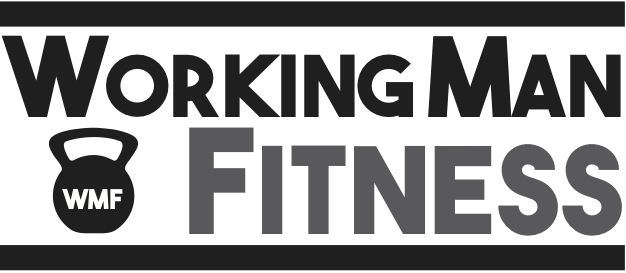In a New York times article several years ago, I read about a parking structure that collapsed during construction. The reporter interviewed the workers and one of the memorable quotes was, “Everything about this job was rush, rush, rush.”
The man they interviewed went on to explain that the concrete was too green, and they didn’t allow it time to settle in before going on to the next floor.
It is a cultural tendency to rush progress. We know where we are, we want to be somewhere else, and we want to skip steps along the way to get where we want to be as quickly as possible.
You might be rushing progress in your exercise if you’ve ever experienced any of the following:
- Overuse injuries
- Traumatic injuries
- Overtraining
- Sickness
- Excessive fatigue
- Pain
- Swelling
In our rush to get where we want to be, we fail to establish a solid framework to support our future aspirations. We want to learn to play tennis so badly, we keep practicing until we get tennis elbow, and then keep practicing trying to work through it, and then our form suffers and we’re building a poor quality skill.
What can be done to curb our incessant drive for improvement at an unsustainable rate?
- Measure and track your morning pulse. Three beats or higher than your weekly average indicates a stressed state—you should take it easy.
- Be anal about your form. Occasionally video tape yourself performing exercises, or have your form analyzed by a professional, to make sure you’re not allowing sloppiness to creep in.
- Use a metronome or other device to measure your rep speed on occasion.
- Track your workouts and record your progress—keep a detailed training log.
- Pay attention to how you feel, and don’t allow pain that meets or exceeds a “four” on a scale of 10.
It takes self control to progress at sustainable rates. It takes self deception to plow forward and attain fake progress at the expense of quality and skill.
